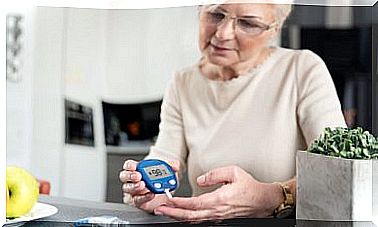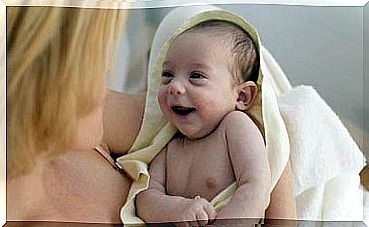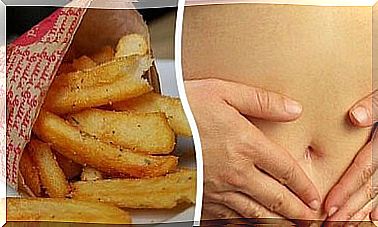Motor Ability In Children: 10 Tips To Stimulate It
Motor skills is the ability to develop various movements and gestures. Motor ability in children has two types of skills: gross motor skills and fine motor skills.
As in all development milestones, each child has its own growth rate. There will be those who very quickly learn to sit, stand, jump and run; Others, meanwhile, will master the simpler movements, while the more complex may take a little longer to achieve.
To this are added the days of childhood sedentary lifestyle that we live in the present. Children of the 21st century are increasingly far from spending afternoons riding a bicycle or practicing sports, since they spend much of their free time in front of the computer or tablet . Given this, the motor capacity in today’s children is being seriously compromised.
Motor ability in children: what exactly does it include?
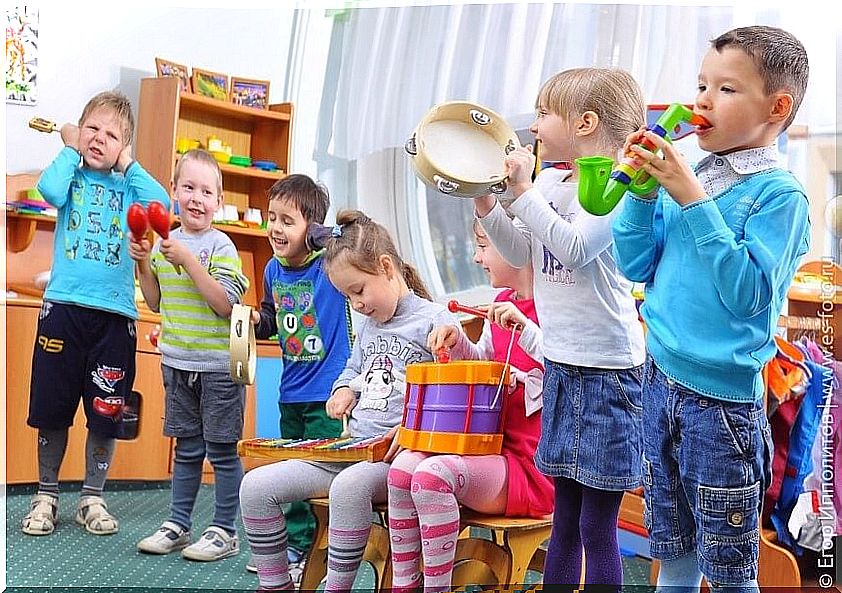
As we have said, motor skills in children include gross motor skills and fine motor skills, as evidenced by this study published in the Chilean Journal of Pediatrics . Gross motor skills include complex movements such as throwing, kicking or jumping, among others.
Meanwhile, fine motor skills refer to activities that require hand-eye coordination as well as short muscle coordination. These are the ones that allow you to carry out activities such as cutting figures, stringing beads or grabbing the pencil to draw.
The development of motor skills in children will be different in each case. Young children develop their gross and fine motor skills at different speeds. Boys tend to be slightly stronger than girls, while girls tend to have greater coordination in the short muscles.
Why is gross motor skills important?
Many little ones manage to sit up and walk without problems. However, as they get older, problems are detected in other activities such as jumping and balancing using just one foot.
Parents are unlikely to see these subtle symptoms. Generally, they are noticed in school because the child lags behind in the park or is a little clumsy in school sports activities.
Obviously children can be happy even if they are not so good at playing hopscotch or ball. However, gross motor skills are important because they help them control their bodies. And this is evidenced by this work published in Salud Uninorte .
Why is fine motor skills important?
Reaching for, grasping and moving objects and using tools such as pencils, brushes or scissors is possible thanks to fine motor skills. As children use their hands better, hand-eye coordination improves. Fine motor skills allow them to learn skills like drawing and writing, which are necessary in school. Developing these skills helps kids become more independent and understand how their body works.
Due to the use of mobile phones and tablets from an increasingly early age, fine motor skills are not being adequately stimulated. This negatively influences the development of various physical and mental competencies, which are vital for the future, as evidenced by this research carried out by professionals from the State University of Milagro, Ecuador.
How to stimulate motor skills in children?
The child who has not developed his gross motor skills, in addition to not feeling safe in the park or among school friends, may see his self-esteem diminished, which could discourage him from being an active person in the future.
The same happens with the development of fine motor skills. If their development slows down, the child’s self-esteem is damaged. If, on the contrary, the child learns to modify the world around him, his self-esteem also develops.
For this reason, before letting the little ones spend all their free time in front of computers, mobile phones or tablets , it is better to stimulate motor skills in children. We leave you some exercises for different ages.
1. Clap
This game is for children about 1 year old. To do this, sit the little one on your lap looking at you. Clap your hands slowly as you sing and beat the rhythm: “ clap, clap…” and say the child’s name. Then you gently tickle him to make him laugh. Then you grab the child’s hands and repeat the song while helping him clap. Repeat the tickling.
As you play, gradually reduce the amount of help you give your child. Move from the hands to the wrists, then to gently hold the forearm. Finally, he only touches the hands to indicate that he should start to touch the palms.
2. Build towers
For 1-year- olds, building towers is one of the most fun games. Locate large cubes or nesting pieces so the little one can stack them and raise the towers.
Just as they raise the towers, they will also have fun collapsing them. If you play on the ground and the child is already standing up, it is possible that not only does he coordinate hands and eyes to assemble the tower, but he may dare to knock it down with his feet, even if he does not yet have balance.
3. Open and close containers to stimulate motor skills in children
By the time your child is 2 years old, he should be able to snap open and close containers. From the age of 3, you must have the ability to open and close screw-on containers. Look for containers of different sizes and more or less demanding lids.
- While the child is young, fill the containers with cotton balls or colored balls of different sizes that attract his attention. Ask him to open and close the containers.
- You can also invite the little one to fill or empty the contents of the containers. As he grows, you can use smaller beads or seeds to stimulate a pincer grip with your thumb and forefinger.
4. To save
From the age of 2, while you teach your children to put their toys away after a day of games, you can take the opportunity to develop motor skills in children while they roll, push or carry toys. During the time that you are picking up the toys, you can sing the verses “Let’s put away, put away, let’s all put away. Over here, over there, we are all going to save ”.
5. Take the stairs
Starting at 3 years old, a child should be able to climb stairs with alternating feet and can go down stairs by placing both feet on each step. Every time you come across a ladder, use it. Make the experience a game; sing while you go up or down, count the steps … From the age of 4, the child should already alternate feet while going down.
6. Climb
Climbing skills appear at approximately 2 years of age. Kids can climb toys, furniture, mom and dad, among other things. If there are climbing toys in the park, encourage him to use them.
At home you can also invite him to climb a folding ladder. You just have to be very attentive to his side to avoid falls. Climbing is a great exercise that they like a lot, but one that they generally shy away from because of the fear that parents transmit to them.
7. Play hopscotch or airplane
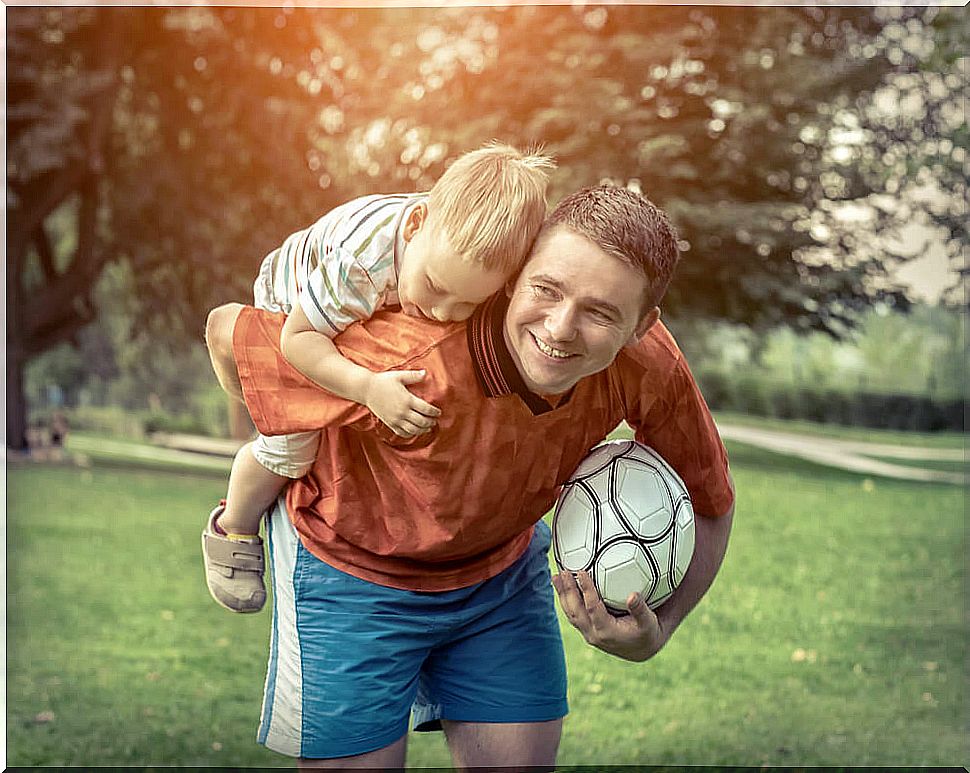
By the time your child reaches 3 years of age, he should be able to balance on one foot for short periods. At about 4 years of age, you would already have to balance on one foot for 15 seconds and jump on one foot.
Teach him to play hopscotch or the airplane. This game not only allows you to develop gross motor skills, but also fine motor skills while throwing the stone and aiming at the square. First it will be difficult for him to keep his balance while picking up the stone, but then he will become more skilled. In addition, it helps you to socialize with other children.
8. Walking, running and jogging to stimulate motor skills
A 3-year-old can turn corners when running. By age 4, he can walk forward and backward and runs smoothly. All games that involve running will enchant you.
This is also a good time to learn to jog and jump rope, as you will use your more developed skills to control your body movement while doing these activities.
9. Plasticine paths
From the age of 4, you can mark a path with a pencil or tape on a sheet of paper and ask your child to mark the paths with colored clay. You just have to knead and roll out plasticine, layer them on the marked paths and press.
10. Colored drops
5-year-olds can squeeze droppers to move drops of liquid from one container to another. Place several bottles of water and prepare droppers with dyes of different colors.
Ask your child to put five drops of blue ink in the first container, 3 drops of red ink in the second, and so on. You can also ask for different combinations of drop numbers and colors.
Regarding motor ability in children …
The development of fine and gross motor skills is often limited by overly protective parents. Since the child is 1 year old and in the daily dynamics, the child can develop his motor skills. Learning to eat and dress are just some of the daily activities that allow you to perfect your skills. It only takes mom and dad to leave the necessary space for their children to grow and develop.
However, the use of electronic devices from an increasingly early age is not only affecting the motor capacity in children but is also a determining factor for the increase in the rates of childhood obesity. Let our children develop, there will be time for them to start in technology.



